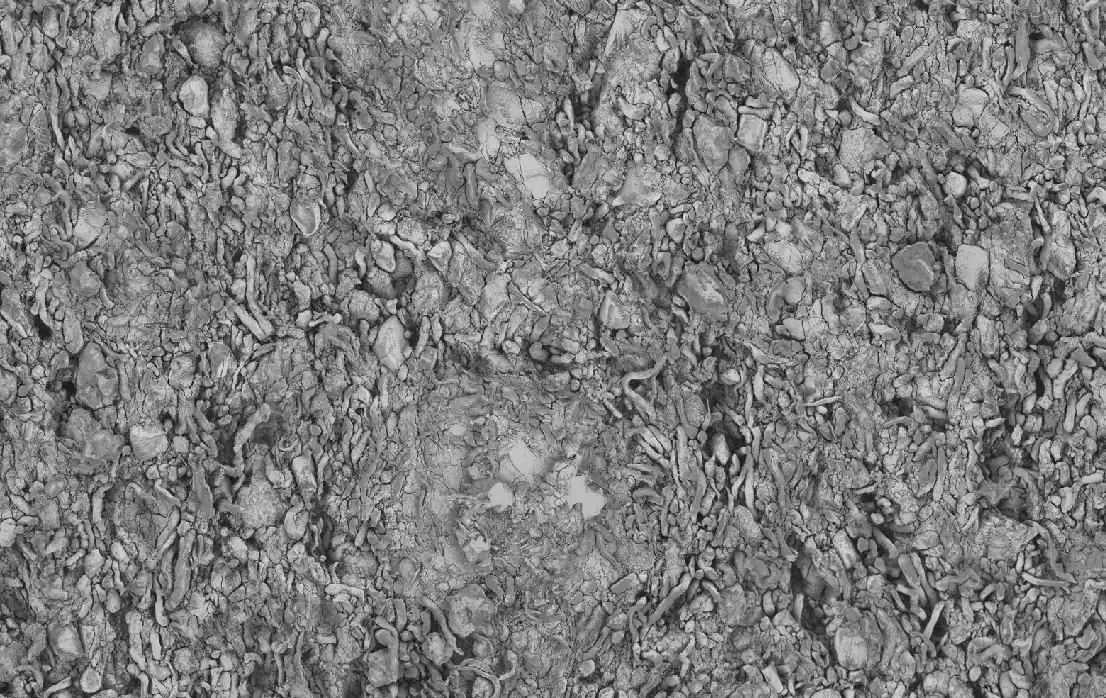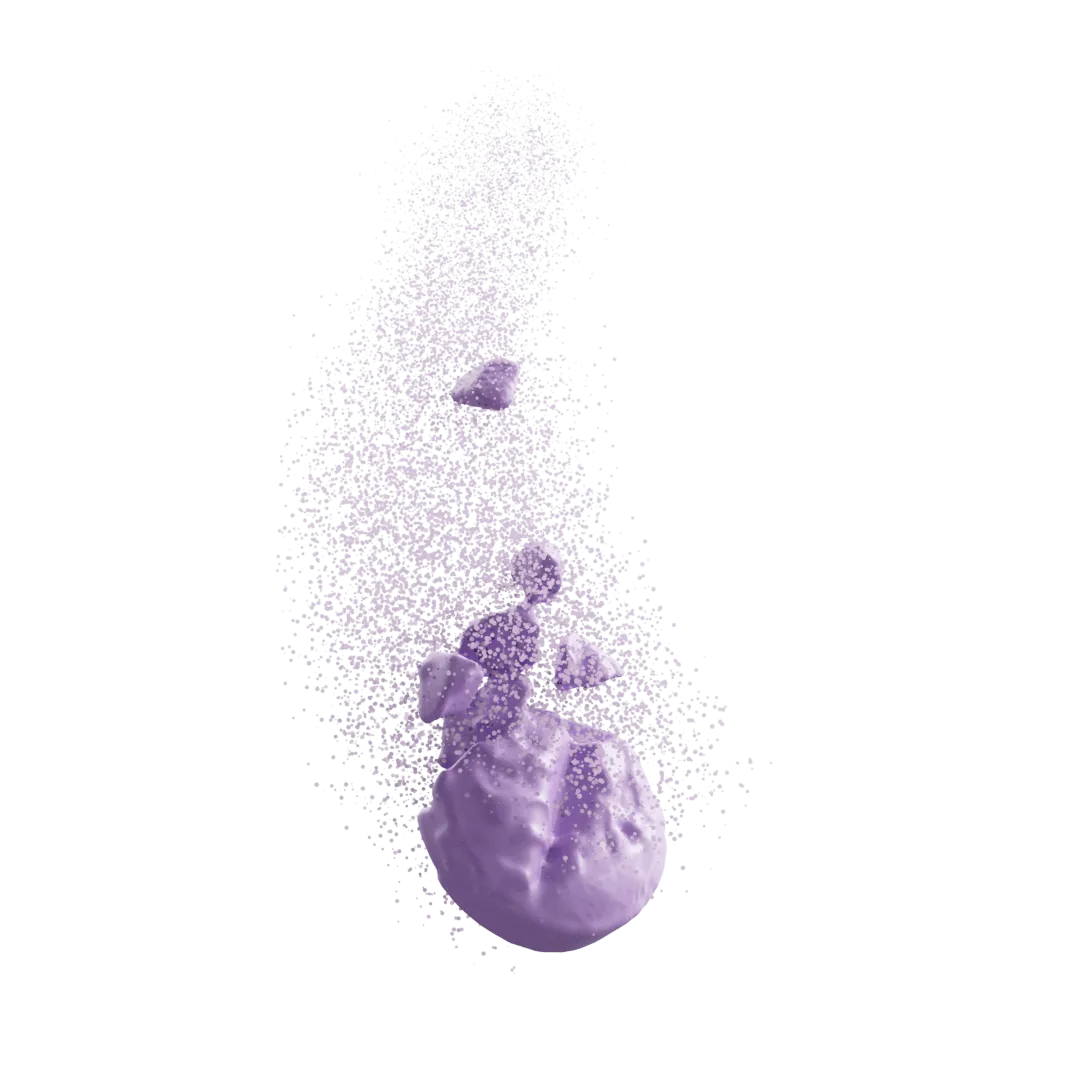Spray Dryer Temperature Effect on Powder Compactibility

Characterization of Spray Dried Particles Through Microstructural Imaging
Spray drying is commonly used to produce amorphous solid dispersions (ASD) to improve the bioperformance of poorly water-soluble drugs. In this study, imaging techniques such as focused ion beam-scanning electron microscopy (FIB-SEM) and X-ray microcomputed tomography (XRCT) were used to study the microstructure of spray dried (SD) particles. Spray drying at higher outlet temperature (Tout) was found to produce more spherical hollow particles with smooth surface and thinner walls, while more raisin-like particles with thicker walls were generated at lower Tout. For the first time, an artificial intelligence–facilitated XRCT image analysis tool was developed to make quantitative analysis of thousands of particles individually possible. The particle size distribution through XRCT image analysis is generally in line with what is measured by laser diffraction. The image analysis reveals envelope density as a more sensitive physical attribute for process change than conventional bulk/tap density. Further, the tensile strength of SD particle compacts correlates with the particle wall thickness, and this is likely caused by the larger interparticle contact area generated by more deformation of particles with thinner walls. The knowledge gained here can help enable SD particle engineering and drug product with more robust process and optimized performance.

Hanmi Xi, Aiden Zhu, Gerard R. Klinzing, Liping Zhou, Shawn Zhang, Andrew J. Gmitter, Kristin Ploeger, Pavithra Sundararajan, Majid Mahjour, Wei Xi.
Published with Merck
https://doi.org/10.1016/j.xphs.2020.07.032
Additional Publications
Transform Your Program with Microstructure Science
Get started with a drug product digital twin.















